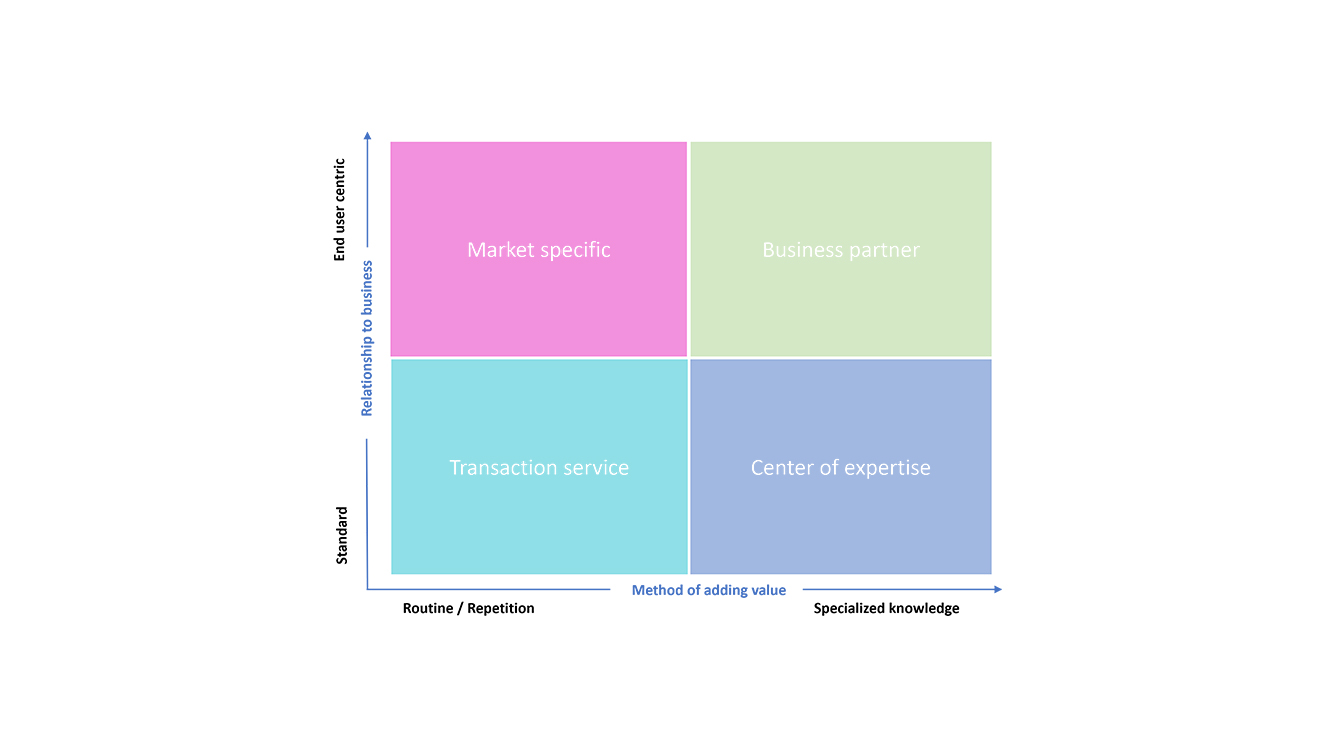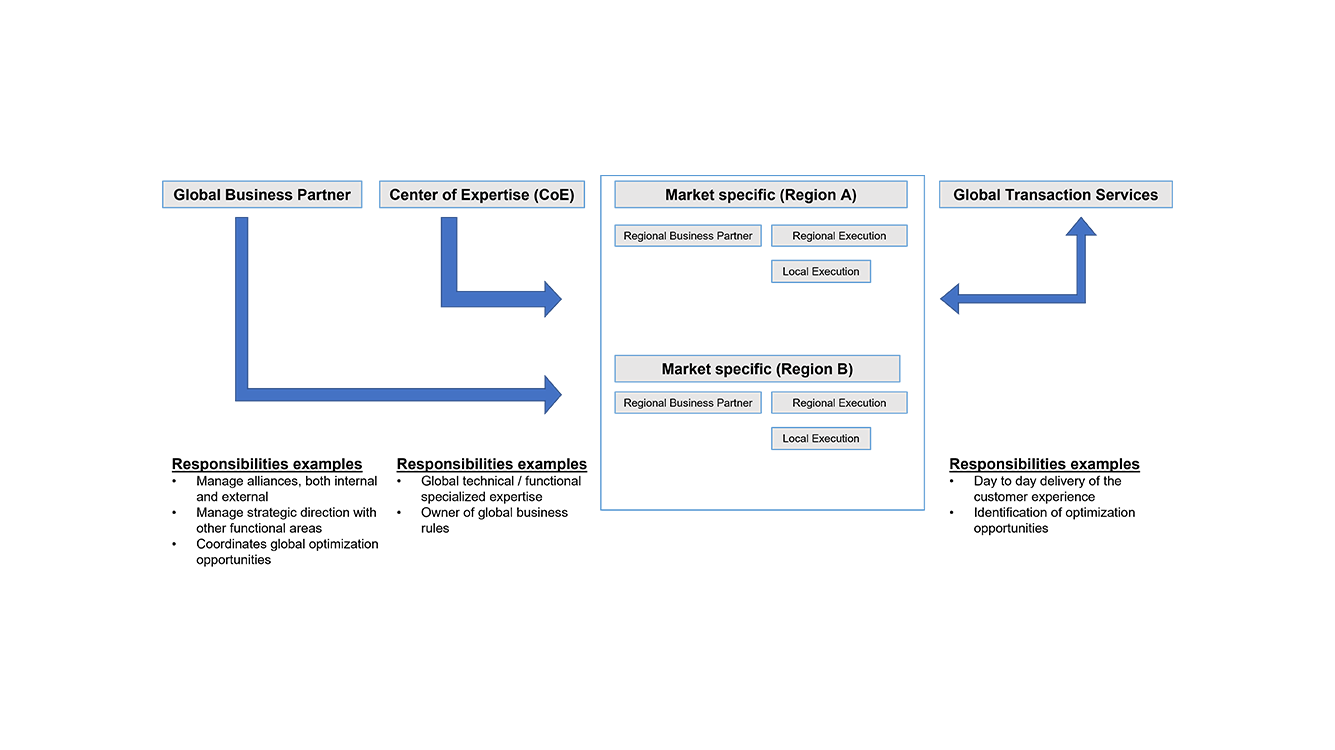Organizational implications of B2B digital transformation
Establish an eCommerce channel, not just a platform, with a customer-focused integrated approach

Many B2C companies learned years ago, some the hard way, that they needed to be “moving at the speed of digital” and, in fact, some learned that the customer was moving faster than they were. B2B companies are now realizing it is their turn and are at risk of falling behind their competition faster than they had expected.
Leading organizations – quicker to understand the joint benefits of integrating consumer-style digital commerce experiences into their customer relationships – are enjoying increased market share, lower cost to serve, and adding value to their bottom line. Those who have not already embraced eCommerce risk being left behind.
Dive into our thinking:
1
The need for an integrated approach
As outlined in our recent blog, however, simply choosing a digital platform and racing ahead with its implementation without a clear, integrated, enterprise-wide strategy is a recipe for inefficiencies, at best; at worst - failure.
Digital leaders realize that a truly effective, ongoing transformation requires a clear vision for where they want to be (future state) as well as a deep understanding of their starting position (current state) – with significant gaps between these two states identified and addressed.
2
Building a successful B2B eCommerce organization
In this blog we take a deeper look at three key elements that organizations should carefully consider when building their B2B eCommerce strategy and progressing towards their future state target organizational design and structure – the service delivery model, the organizational model, and governance.
Service delivery model
In the early stages of any B2B eCommerce implementation, the service delivery model should define the parameters and guidelines for what type of work will be performed, who should be performing the work, and where the work should be performed.

Organizations should consider which of their routine / repetitive activities that do not directly affect their customers’ experience could be carried out through alternative, lower-cost methods and/or more cost-effective geographic locations.
Can your work activities be categorized so that similar types of work are grouped together for efficiency gains in your future state?
Establishing a digital commerce organization that provides services to an array of individual business units and/or geographic regions can provide significant efficiencies by centralizing many functions. Ensuring each of the serviced businesses feel they maintain their “ownership” of the activities that both drive and affect their business requires a balance of centralized, regional and local resources.

The balance of how these resources are arrayed across those dimensions may vary based on the function and its “closeness” to the business unit customers, but it is essential that all business units are aligned at each level.
For example, managing multiple product catalogs, as well as contract-driven assortments, can be done across multiple businesses in an efficient manner, as long as each business establishes the standards it requires for its own product setup. Alternatively, promotional strategy is highly specific to the business and its customer base and should remain an activity owned locally by the business unit.
Organizational model
Once you have your activities grouped and clarity around your intended service delivery model, you can start to address which organizational model(s) would work best based upon your desired future state and considering any requirements/restrictions of your existing structure (which may be driven by specific regional or business unit needs or, indeed, your organizational culture).
Your future-state organizational model will define how work is structured and allocated across functions and teams to drive your desired business outcomes.
Attempting to apply common current state organizational models to eCommerce requirements tends to lead to a fragmented allocation of work and resources across markets, customers, and products – ultimately leading to duplication, a loss of scale, and wide-ranging inefficiencies. Crucially for eCommerce - where the customer experience will often play a significant role in determining success or failure – common current state organizational models are simply not fit to deliver the digital experiences their customers are used to—and demanding.
To effectively deliver against customer expectations and the organization’s desired outcomes from their eCommerce strategy, any future-state organizational model needs to be fully aligned and integrated with the clearly defined service delivery model.
Example service delivery and organizational model

Governance
While a structure driven by the principles of a Service Delivery Model as described above can drive significant efficiencies for an organization, those efficiencies can only be enabled through a strong and clear governance structure.
For organizations who are adept at using the traditional R-A-C-I (Responsible, Accountable, Consulted and Informed) mechanism for governance, this should not present a challenge. For companies who operate on non-documented assumptions and tribal knowledge or companies who are highly consensus-based in their decision-making, this step is critical in ensuring the effectiveness of a new digital operations structure.
At all levels of your eCommerce organization—global, regional, and local—clear, consistent and pre-determined decision processes and rights should be agreed, documented, and applied in relation to who is accountable for what activities and decisions, who needs to consult for what, and who needs to be informed. How those activities and decisions are executed and measured should be defined in advance.
A common mistake
In many organizations, these elements have not evolved at anywhere near the same pace as the company’s aspirations. As the pressure to grow eCommerce technology and capabilities has increased, organizations have typically not given diligent thought to how their people are going to do the work, nor how their company needs to be structured to ensure efficient, effective delivery of their eCommerce strategy.
The undesirable consequence is duplication of resources and effort, inefficiency, higher operating costs, and—most damning of all—a poor customer experience, all of which will undoubtedly lead to a failure to deliver on desired eCommerce outcomes.
Get it right, though, by giving the required planning and effort to these three crucial strategic elements, and you will develop a target organizational design and structure that will set you up to gain a competitive advantage.
You then need to figure out how best to get there from your current state – but that’s a topic for a future blog!
Explore more

Customer Advisory
Modernize and connect marketing, sales, and service to deliver experiences, and results, that matter
Meet our team
KPMG Customer Advisory helps some of the world's leading marketing, sales, and service professionals make the right investments that deliver meaningful, sustained growth. At every step, we deliver insights that help you make decisions with precision and confidence. Together, we’ll turn opportunities into tangible, transformative results. Let’s start the conversation.
